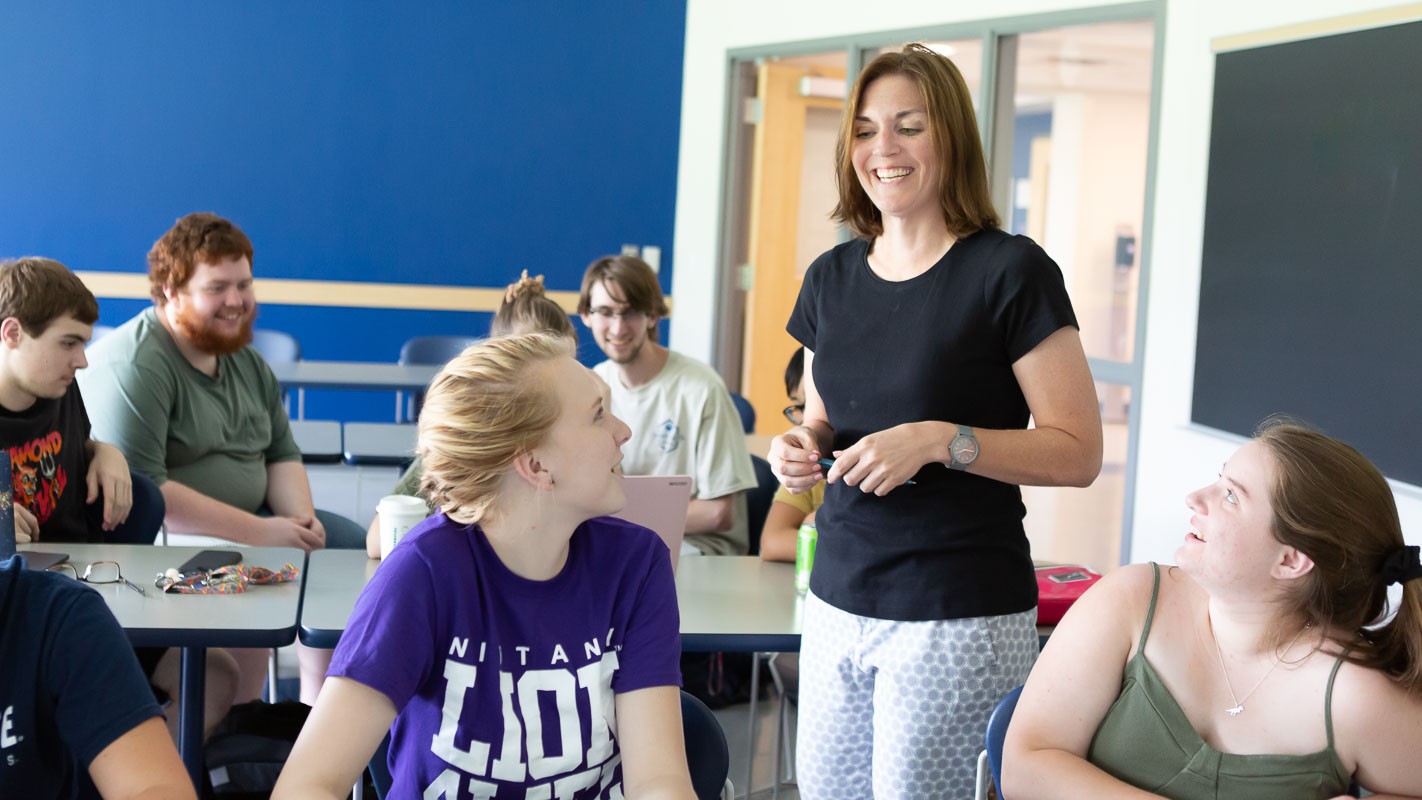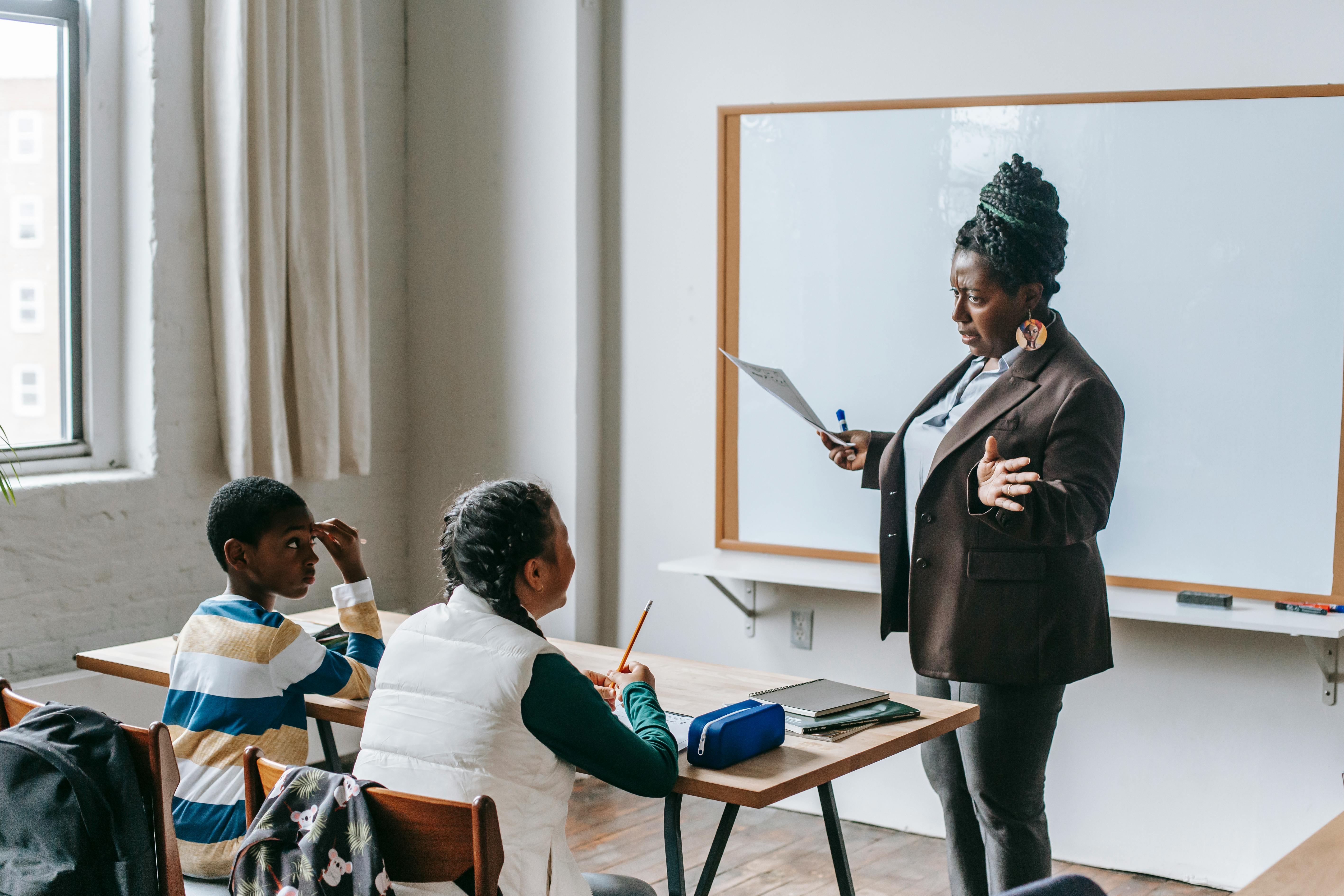Ever been in a meeting and felt completely lost because everyone was throwing around jargon you’ve never heard? Many of us have felt this way in certain social situations, and that’s partially because we have gaps in our own experience, or we feel intimidated. You might not be as familiar with a particular situation, and that impacts how much you feel like you are a part of it.
So, “what is social learning”? Think about how you learned to ride a bike or tie your shoes. You probably watched someone else first, then practiced until you got it. That’s how we learn a lot of things – by observing and then trying it ourselves.
People learn things naturally. But, in a formal sense, social learning refers to the theories and strategies for facilitating learning in social contexts. Communication and learning? Essential life skills. Want to know why? Time to be direct. The moment has arrived. Learn more and communicate clearly—that’s the goal of this section. We’ll provide simple steps you can use right away. For example, active listening and asking clarifying questions are simple but powerful tools.
Table of Contents:
- The Foundation of Social Learning
- Practical Ways that Social Learning Happens
- Boosting Workplace Engagement
- Key Takeaway: Social learning Benefits
- Conclusion
The Foundation of Social Learning
Humans learn a lot by observing others. Think back to when you first learned to ride a bike or tie your shoes. You likely learned by watching someone else and then doing what they did. A reward probably followed a successful attempt.
People also call this learning by watching. Psychologist Albert Bandura developed it in the 1960s after determining that many behaviors could be linked to social cues.
According to Bandura’s social learning theory, observation, imitation, and modeling other people’s actions are how we learn. Social factors matter as much as personal ones. What we go through is influenced by our environment.
One of Bandura’s famous experiments, known as the Bobo doll experiment, showed how children imitated aggressive behaviors they observed in adults. Watching others, even without much direct participation, really drives home how easily we copy their actions.
Why Social Context Matters in Learning
It’s widely acknowledged that learning doesn’t happen in a vacuum. Our environment influences learning greatly. Consider, for instance, the social learning that takes place on platforms such as Reddit, Youtube, and Twitter.
Interactions make social learning easier to pick up and learn quickly. In earlier periods, German philosophers like Karl Mager and Paul Natorp recognized the value of social interaction for the classroom, and today we see similar use online.
Community involvement? Success depended entirely on this aspect of their project. People learn by doing and talking with others in these settings.
The Four Mediational Processes Proposed by Bandura
According to Bandura, learning doesn’t instantly occur when we observe a model. Certain cognitive, or mental, factors come into play. I’ll explain the mediating processes step by step.
- Attention: We need to pay attention to a behavior for us to even take notice of it and want to mimic or reproduce it.
- Retention: We need to remember it in a particular context and possibly how it applies.
- Reproduction: We need the ability to actually do the behavior. We may not be able to physically do this due to any particular impairments.
- Motivation: This is crucial for people, but sometimes motivation is the most critical. There has to be an adequate reward system or even avoidance system that keeps someone safe to justify acting upon an observed behavior.
Practical Ways that Social Learning Happens
In organizational training, we see hints of social learning theory applied in the 70/20/10 Model for Learning and Development. This states 70% of learning comes from job experience, 20% from social interactions, and 10% from formal training.
With how interconnected we are in society, its easy to imagine how many practical scenarios apply to everyday use. The four key principles of Bandura’s theory are important.
Let’s cover each now.
Attention: Focusing Our Minds
For any learning to begin, attention is the necessary first step. If we don’t focus, cognitive processes won’t start, as we saw earlier.
This phase involves an engaging model or presentation of what behavior is expected of another. A live model involves an actual individual demonstrating the behavior.
Without focus and self-application, the full benefits are missed. Consider observing without direct involvement – full learning is less likely.
Retention: Making Information Memorable
Remembering is the first sign of true application and integration of observations. You have to actively engage your brain and commit the information to memory. This works for anything you’re learning—skills, actions, or any subject.
Techniques like repetitive exposure to the subject, skill, or behavior, or practical uses. This makes them more determined.
Many people benefit from being able to share notes. An example of this in eLearning are virtual communities such as online forums, social networks or digital communities.
Reproduction: Applying What We’ve Learned
Reproduction is putting an action into practical steps. A changed outlook means a changed approach. Dive in. No longer just an onlooker, you become a player.
Learning doesn’t always mean you’ll copy a behavior exactly. Imitate behaviors and use the knowledge so it becomes a reality in practical ways.
A verbal instructional model can help. You can learn a lot faster if someone gives you a good explanation and shows you how to do it. This makes learning much easier.
Motivation: Rewards and consequences: These are important factors to understand. Think about it: Classroom control and workplace efficiency—both are significantly impacted.
Positive behavior? Reward systems in school help kids learn that. People perform new skills with positive feelings as a consequence.
Students are far more receptive to seeing progress as they perform tasks when you give them a reason. Even avoidance of negative consequences is effective.
Students and people in general need to fit in, right? But knowing who you are inside is equally valuable. A new accomplishment for most gives them confidence, like improving skills in video games.
Boosting Workplace Engagement
Practical social tools can significantly change our understanding of others by building stronger bonds with our teams. This is not just on the subject, skill or behavior but with the other party you share it with.
Consider group work with clear incentives. Students work together on an interesting shared project with expectations from both a manager or boss and even coworkers, which improves group and personal results.
Social engineering: It’s all about deception. Teamwork and clear goals are essential; rewards motivate good work, and consequences address poor performance.
Here are other benefits:![]()
- Boosting morale: When teammates see others get positive recognition, this helps everyone stay positive.
- Enhances soft skills: Group projects can grow practical collaboration abilities like talking effectively, communicating often, negotiating challenges and listening to others points of view.
- Knowledge transfer: When teams openly share their experiences, knowledge is far less prone to disappear with staff, because the information, ideas and experience can spread quickly within teams.
- Fosters team culture: Positive team collaborations promote loyalty within group environments like business organizations.
Leveraging Groups in Online Communities
When group collaborations are a goal, many online tools like forums or social networks offer learning in digital environments. These environments help groups work virtually.
For instance, Classcraft! is used for team engagement through the use of avatars, shared goals, and group success benchmarks that give learning environments. It’s far easier to keep learning environments engaging with gamified tasks in communities of learning.
Even online media can be a symbolic model. People’s actions are sometimes influenced by the characters they see online; this is especially true for younger audiences.
Creating an Environment of Learning Together
A culture of shared knowledge is useful to encourage your organization. One easy way is a dedicated “place” for group participation.
Sharing what you learned by teaching another, fosters understanding, teamwork and faster growth in abilities that are measurable. This also lets knowledge, insight and experience go far deeper in teams rather than getting blocked by individual situations, abilities and limitations of particular people on staff or organization members.
Students learn more effectively when teachers model the learning process. Think of it as “show, don’t just tell.”
Key Takeaway: Social learning Benefits
It turns out social learning environments help with group morale, participation and cohesion to encourage teammates that grow collectively in their shared understanding. One thing that can limit success with all of this is overlooking how biology comes into the picture when forming new habits or acquiring skills as a team or group.
Research shows that an awareness of factors in someone’s natural background (what some might see as someone’s ‘nature’) makes a differences in their behavior and thus it makes social environments a better place for students. So if students lack certain skills because of natural traits, being compassionate can greatly accelerate progress.
As someone deeply involved with family communities for over 13 years, I have found the fastest way for teams and groups to improve at the lowest friction (to staff, employees, customers and groups) is to adopt shared learning spaces, online groups and forums, or host internal tools and even host community events. Its surprising how small teams learn more effectively and grow in abilities together with group environments, with more active learning and skills as part of the learning process.
Consider also that just focusing on the social environment ignores real-world context when building abilities and awareness.
As an alternative example, social interaction on media groups like “X” helps with seeing other use cases.
| Aspect | Benefit |
|---|---|
| Attention | If an activity lacks focus then social integration can only go so far |
| Retention | It encourages memorization to encourage growth in behavior |
| Reproduction | Learning must transition to practice through doing |
| Motivation | Consequences and rewards offer support in new tasks |
Conclusion

Social dynamics impact students in more situations and places. The ability to adapt and learn new actions is incredibly practical; it allows for growth and problem-solving in various aspects of life. Facing everyday challenges? Experiences? They build character. They build *you*. For example, learning to be patient when stuck in traffic improves our overall temperament.
Understanding human interaction depends on this. Think about it: we learn by example. Think about it: we copy what we see. Think about how much our actions are affected—Bandura’s theories explain this. For example, a child might learn to be aggressive by watching violent cartoons. Conversely, a child might learn to be kind by watching their parents interact kindly with others. Children, for instance, often mimic their parents’ actions.
The true opportunity goes further, because it encourages not only our groups but also individuals themselves. Getting a better grasp of… Happy people connect with others. We need each other. Worried students may spend more time in online learning environments. Teams benefit greatly from seeing many examples and how things work.


Recent Comments